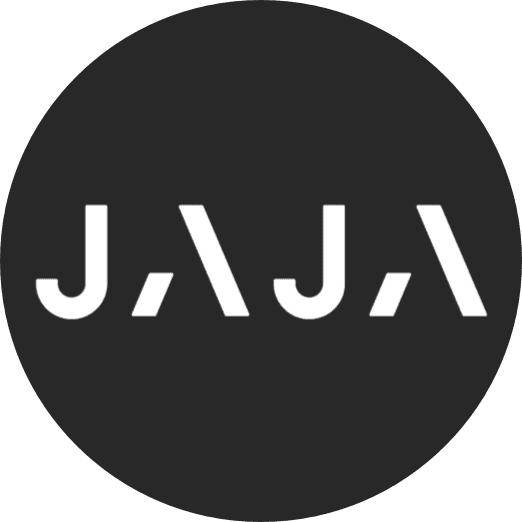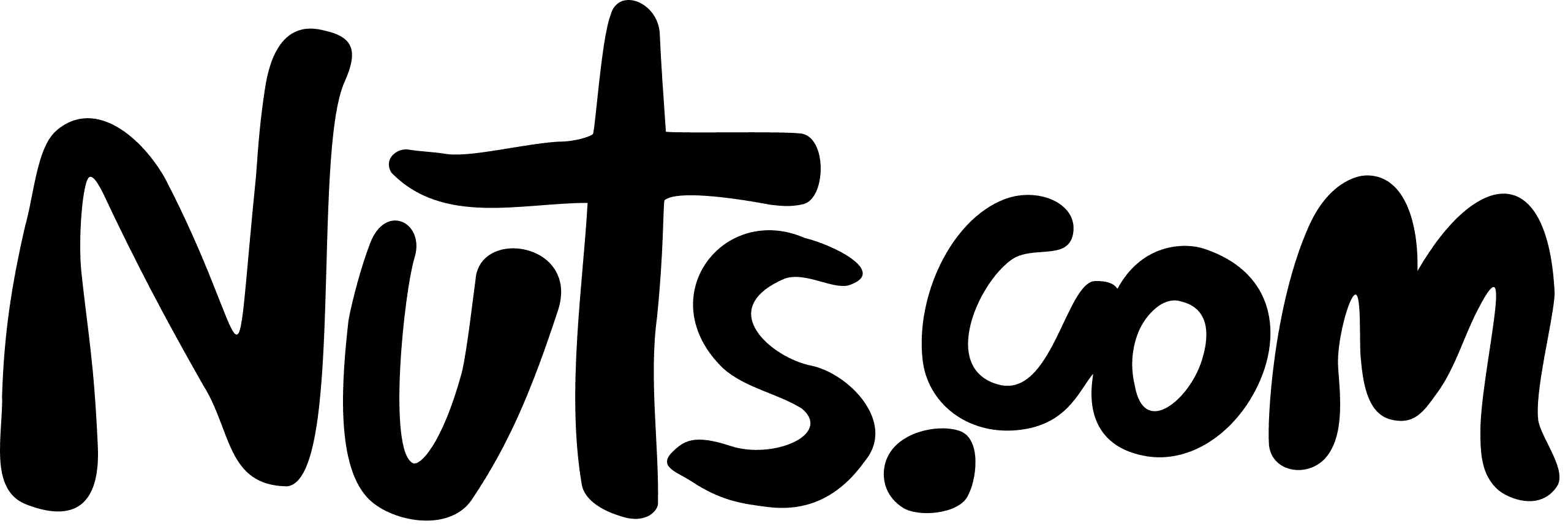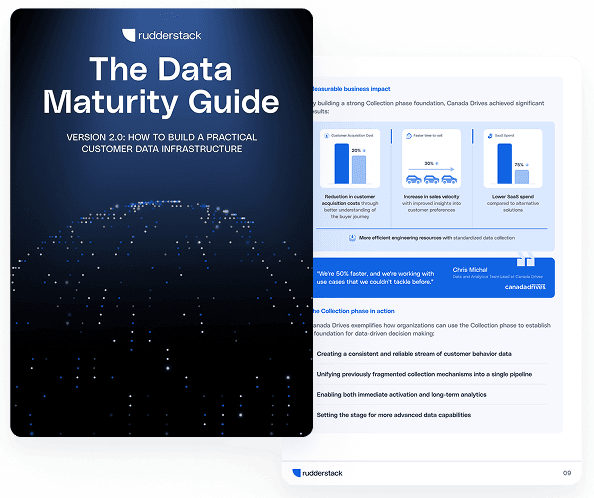How a Fortune 50 Consumer Goods Giant Unified Data Infrastructure Across 200+ Brands



200+
brands migrated
5,700+
sources migrated
Weeks to days
reduction in brand onboarding
Overview
When one of the world’s largest consumer goods companies decided to deprecate their Segment implementation, it wasn’t simply swapping one tool for another, it was redefining how a Fortune 50 enterprise collects, governs, and activates customer data at a global scale.
Operating in more than 170 countries, this company manages hundreds of household-name brands spanning personal care, home care, health, and hygiene. A central customer data team oversees more than 3,300 active data sources, with another 2,500 under review for migration. Their mission was clear: unify data infrastructure, give local brands the autonomy they need, enforce enterprise-grade governance, and fully decommission Segment by mid-2025.
The Challenge
Over the years, the company’s Segment deployment had grown into a single, monolithic workspace containing more than 17,000 sources and destination, from JavaScript and mobile SDKs to HTTP APIs and cloud apps. This flat workspace model meant there was no simple way to separate data access by brand or region. As more teams experimented with live data, governance controls became harder to maintain and the risk of unauthorized access increased.
On top of this, the business needed to balance the independence of each brand with the oversight of a central team. Brands wanted the flexibility to test and launch new initiatives quickly, but security and compliance leaders needed to maintain strict control over data visibility and quality.
Testing was another pain point. With over 200 brands regularly updating transformation logic, the lack of metadata override testing in Segment meant that quality assurance often required pushing real events through production pipelines, an approach that was slow, risky, and prone to human error.
Every source, destination, tracking plan, and transformation had to be managed via Terraform and automated through GitHub Actions. Segment’s limited support for this approach created operational bottlenecks.
Finally, there were unique enterprise requirements that the existing platform simply couldn’t meet, such as denylist-based Pub/Sub filtering, compatibility with LeadsBridge for Facebook Lead Ads, and custom destination formatting for marketing platforms.
The Solution
RudderStack’s approach wasn’t just to replace Segment feature-for-feature. It was to co-design a new architecture purpose-built for the customer’s scale, governance needs, and automation standards.
The migration began with a deep partnership between RudderStack engineers, the customer’s global CDP team, and their implementation partner. Together, they designed a multi-workspace model, three regional production environments plus a shared QA/staging workspace, to ensure that sensitive data could be restricted at a granular level. Temporary allowlist logic was implemented to limit access until full role-based access control with resource-level permissions was ready.
RudderStack also extended its Terraform provider to meet the company’s automation goals. Bulk provisioning of sources and destinations, integration with GitHub Actions, and event replay triggers were all added, along with tailored documentation and live demos to support the implementation team.
Testing was overhauled with the introduction of metadata overrides, allowing brands to simulate real sources without using production data. RudderStack’s transformation framework enabled dynamic enrichment logic, such as automatic country code injection based on source.
With shared eventing logic, over 200 brand websites could migrate to RudderStack with just a six-line code change. This avoided the need for hundreds of separate deployments and accelerated the rollout dramatically.
As the system went live, RudderStack delivered a multi-module enablement program covering architecture, transformation best practices, monitoring, incident management, and governance. A custom escalation policy integrated into both Slack and email ensured that any operational issues could be addressed instantly across time zones.
The Results
Within months, the impact was clear. More than 200 brand sites had already migrated, with hundreds of Terraform-managed sources live and thousands more queued for onboarding. The time required to bring a new brand into the system dropped from weeks to days. In a few months, over 5,700 sources are expected to be fully migrated from Segment.
Security and governance also saw a major leap forward. Role-based access controls now limit sensitive data visibility to authorized teams, while still allowing local brands to operate independently. All infrastructure changes, from adding a new source to updating a transformation, flow through Terraform and GitHub Actions, creating a clear audit trail and eliminating manual configuration drift.
“RudderStack gave us the control we needed over our infrastructure, without slowing down our brands. Permissions and access control was a non-negotiable for our security team. RudderStack didn’t just check the box—they built what we needed.” — Enterprise Architect, Global CDP Team
Key Outcomes at a Glance
- 200+ brand sites migrated
- Hundreds of Terraform-managed sources live, scaling to thousands
- Weeks to days reduction in brand onboarding time
- 5,700+ sources targeted for migration by June 2025
- Role-based access and PII visibility controls across regions
- Unified governance for global teams, brands, and vendors






